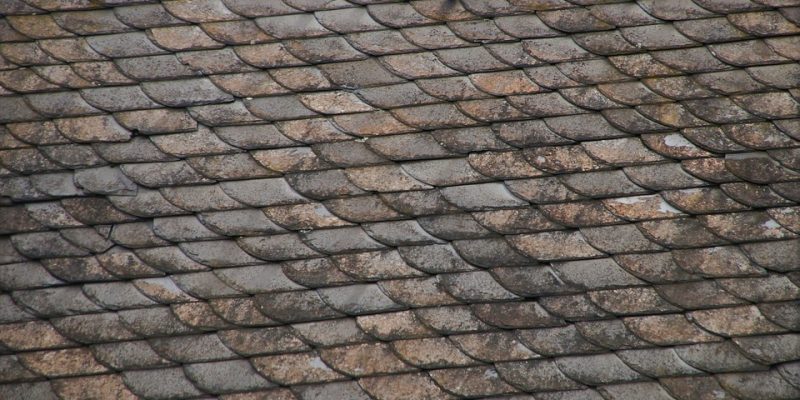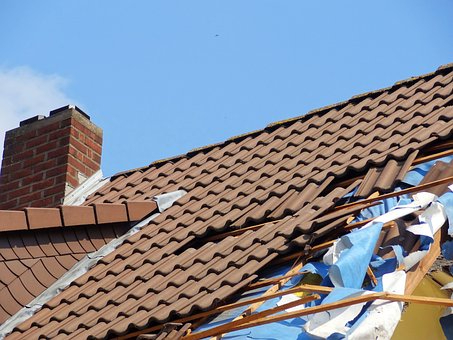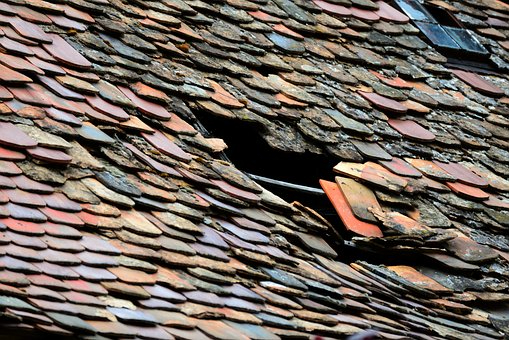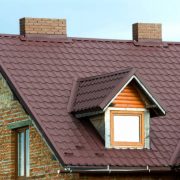As a homeowner, protecting your roof can be one of the best investments you make in upkeep and safety. While many issues could strain your roof or lead to damage, it’s crucial to have an eye out for the critical signs so you can take action before serious problems occur. This blog post will review the six key indicators of roof damage that are easy to spot – from curled shingles and moss growth to water stains in your ceilings or attic. With these helpful tips, you’ll quickly learn how to monitor and maintain your roof as appropriately needed. Read on to get started.
Sagging or sinking
When assessing your roof’s condition, sagging or sinking is one of the most accessible signs. From the ground, check to see if any visible sections appear lower than others, which might indicate a problem. This damage is often caused by excessive load due to heavy snow or ice buildup and can create various issues, including interior water leaks. To avoid unnecessary repairs or replacements, it’s essential to be vigilant and inspect your roof regularly to catch any roof problems in its early stages. The reputable Chicopee roofing contractors suggest you look closer at your roof every spring and fall. This way, you can spot any sagging and take measures to repair it if needed.
Cracked, curled, or missing shingles
Seen from ground level, cracked, curled, and missing shingles are easily spotted and are strong indicators of roof damage that needs attention. While faulty flashing or inadequate ventilation may take an expert eye to spot from the ground, these key indicators provide clues to potential issues that should be further addressed with a thorough inspection by your contractor. So before you decide whether to invest in a new roof, take a few moments to look up and note any degraded, missing, or aged shingles. Addressing potential problems now can save you money in the long run.
Flashing damage
Flashing provides a critical defense against water intrusion and, if compromised, can lead to significant problems. Look for bent or cracked, rusted, or corroded flashing or areas that appear missing altogether. Neglecting any of these critical indicators of roof damage can mean costly repairs down the line, so be sure to keep an eye out and make any necessary fixes as soon as you can.
Mildew and mold growth
Mildew and mold growth is one critical indicator of roof damage that you can easily spot when examining the exterior of your home. Staining discoloration, often in the form of dark spots or streaks, can provide insight into potential issues with your roof. When identifying this kind of discoloration on a roof, it’s crucial to take action as quickly as possible by inspecting the area more closely and contacting a professional if necessary. Suppose moisture has penetrated and stayed within the slope of any part of your roof. In that case, it could be a sign that the structural integrity has been compromised, and steps must be taken to address any water intrusion. With regular inspections and simple maintenance, you will be well-informed about potential signs of trouble before they become much larger repair problems.
Roof algae discoloration
While often overlooked, roof algae discoloration can cause an ugly greenish-black tint across various parts of your roof – particularly around the chimney and other areas that don’t get much airflow. The good news is that identifying and dealing with this damage before it worsens is relatively easy. Keeping your roof clean and free from debris will go a long way in helping with visible discoloration or streaks caused by algae growth, so if you spot anything unusual, be sure to act quickly.
Check your attic
When checking for roof damage, your attic is a great place to begin. Start by taking a flashlight and surveying the area, specifically focusing on vent pipes and other openings allowing water to seep. While finding any signs of moisture can alert you to a problem, you should also look for cracking, curling, or missing shingles in the ceiling near these possible entry points. The sooner you detect damage, the easier and less costly it will be to fix, so try to go up there at least twice a year, regardless of whether you think your roof is leaking. That little bit of effort can save you lots of headaches down the line.
By looking for these key indicators of roof damage, you can spot any potential problems before they grow into more significant, more expensive issues. Remember that minor repairs are usually much cheaper and more accessible than meaningful repair jobs, complete resurfacing, or replacement of a damaged roof. If you’re ever in doubt, it’s always best to consult a professional roofer – they can often tell immediately whether or not a problem should be addressed. As long as you remain vigilant about spotting common signs of roof damage, you can rest easy knowing that your home is well cared for and protected from the elements.






















